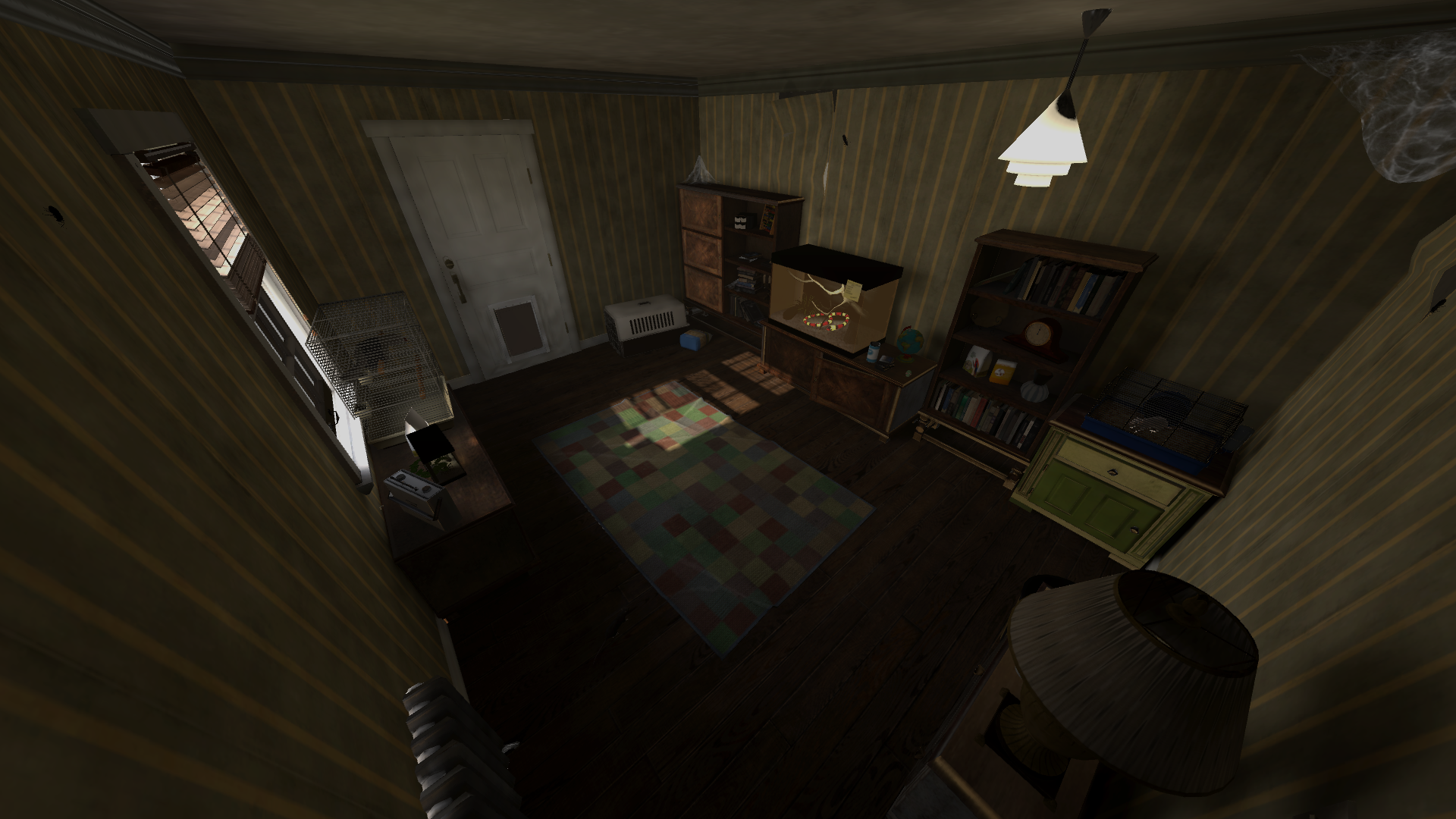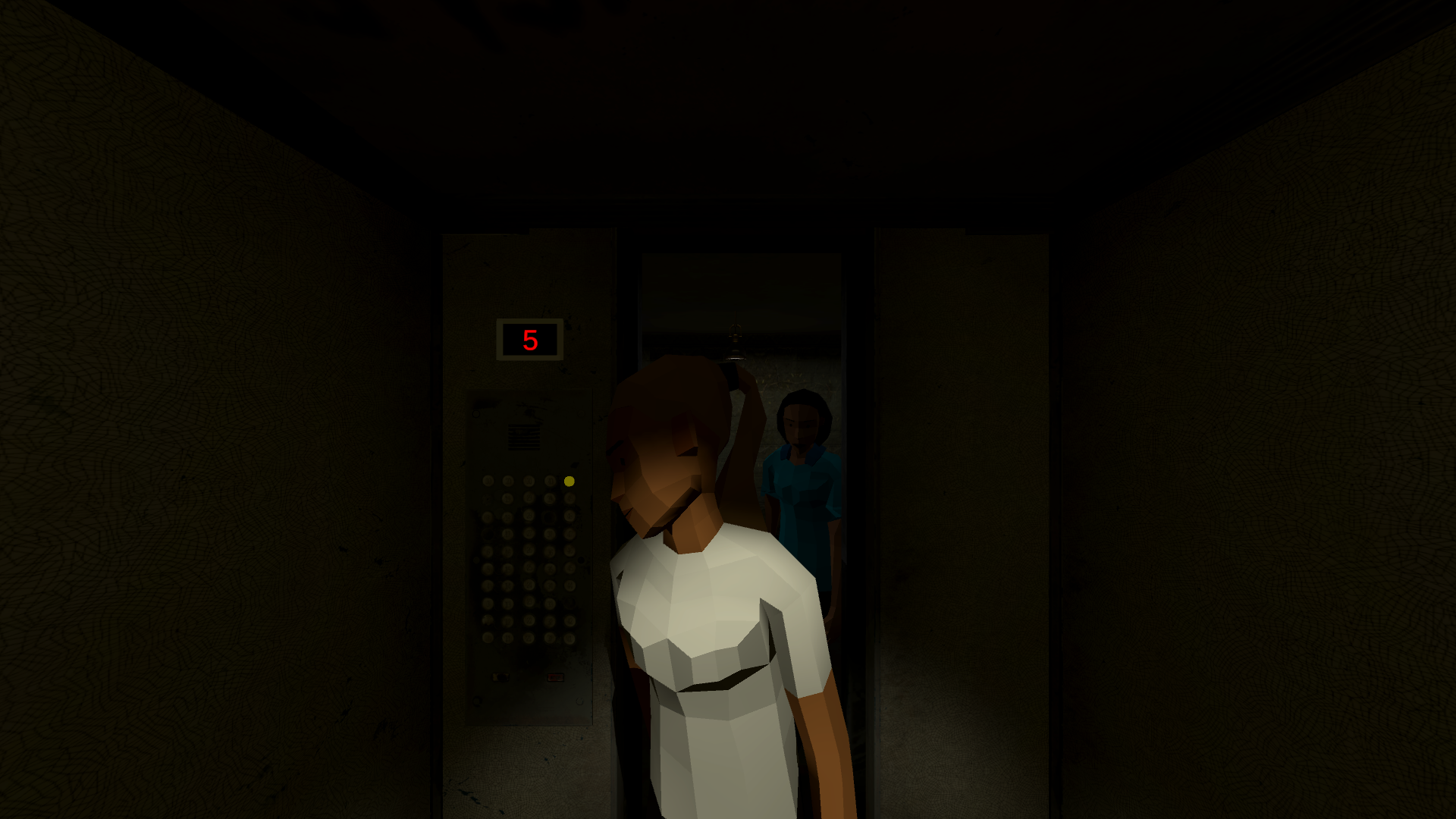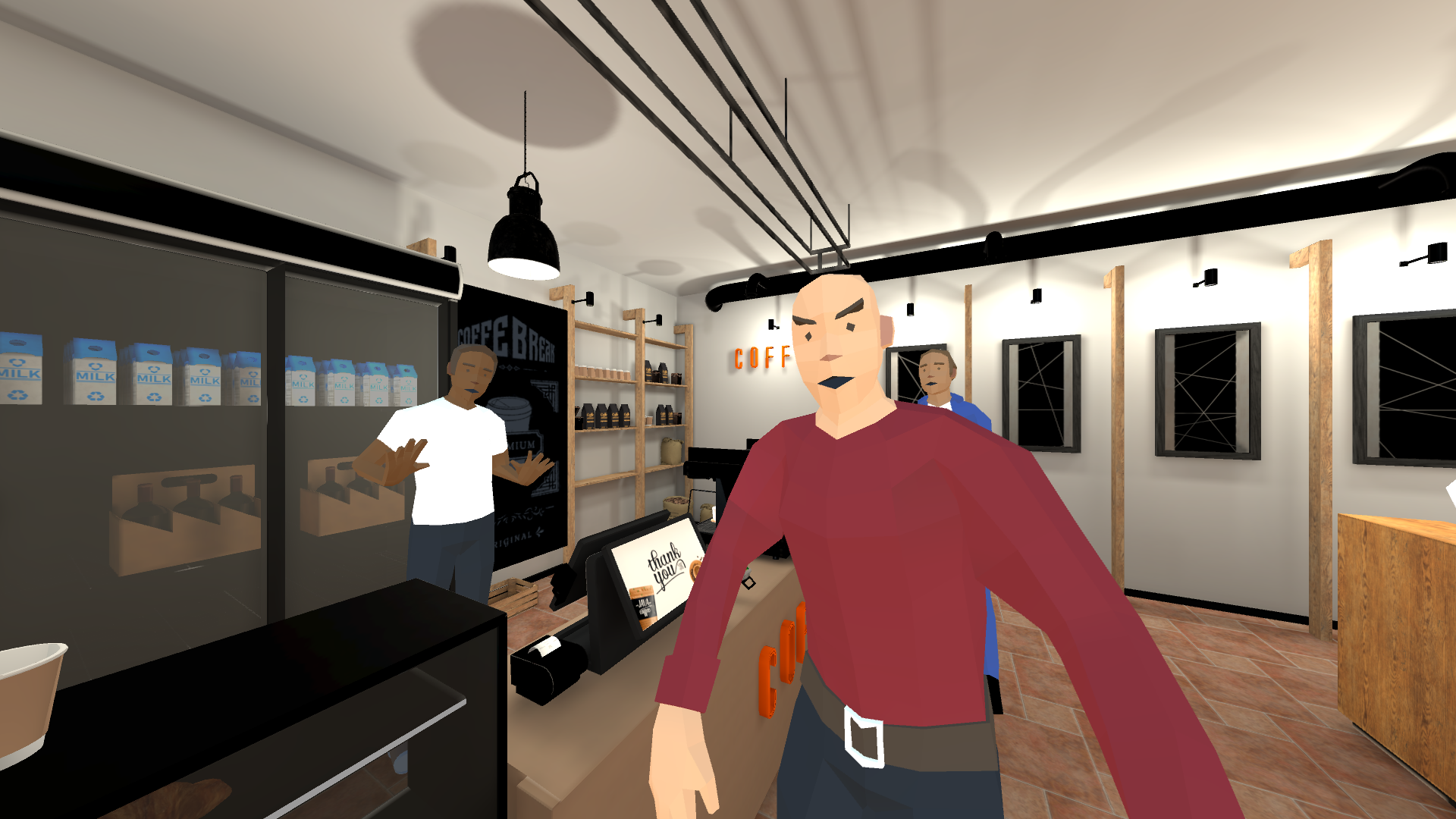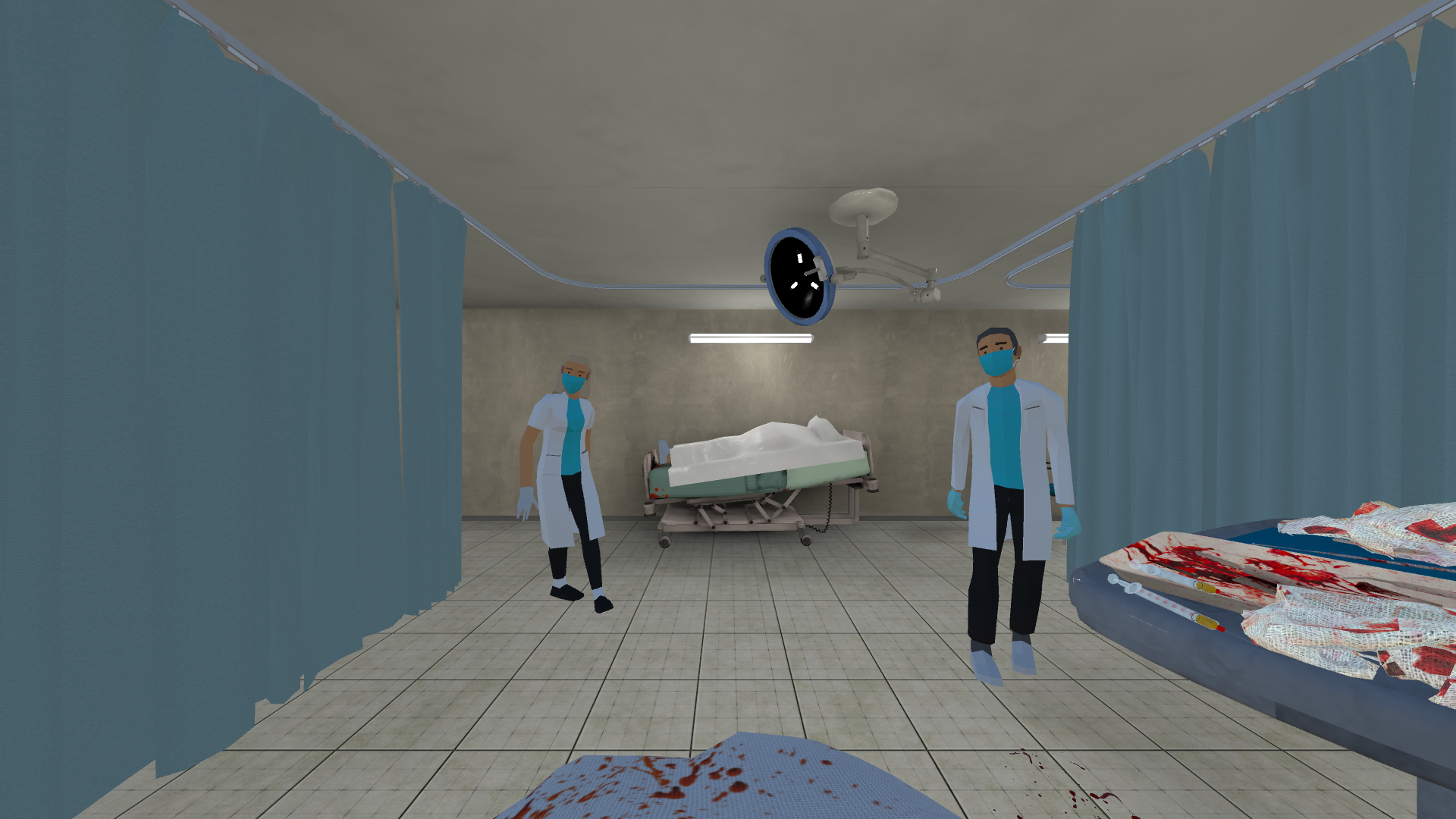Project Briefing
We once again partnered with Virginia Commonwealth University to design and build a VR experience, this time to help study common phobias and people’s reaction when exposed to them. The experience was designed to provoke common phobias and measure the participant’s fear reactivity. The study has been conducted before, but this time we were looking to set a standardized method of testing.
Previously, they used a variety of different platforms to induce different phobias. For example, having the participant watch a YouTube video of a 360-degree surgery. Although there are a couple of games and experiences to measure phobias, there is no universal format, which in turn led to skewed results. Utilizing the power of VR, we were able to place 5 different phobias in one experience!
Key Design Problem
One issue we ran into was balancing design with enough authenticity to invoke a fear response. We asked ourselves, “How can we make this feel real enough to induce fear without using hyper realistic assets?”
We had to get creative and punch in the perfect combination of visual queues, coupled with sound effects to make it all work. By establishing a convincing ambience, we were able to simulate common phobias without relying on hyper-realistic details.
Design Solutions
To simulate common phobias, we developed five immersive scenarios and one neutral experience:
Fear of Harmless Insects and Animals:
Scenario: Checking on a friend’s pet in a sketchy environment. Includes Roaches, Tarantula, Bird, Mice, and an aggressively barking dog outside.
Claustrophobia:
Scenario: Placed in an old, small elevator with a hole in the floor. Elevator shakes, makes noises, stops suddenly, and the lights go out.
Fear of Aggression:
Scenario: Encountering an angry man at a coffee shop due to a wrong order. The man initiates a confrontation with the user.
Social Fear:
Scenario: Reading a speech in front of judges and answering math questions under a time limit.
Fear of Injury:
Scenario: Waking up in a dirty triage room with bloody bandages and scalpels. The doctor is young, inexperienced, and unprofessional.
Neutral Scenario:
The participant will be placed in an empty room with an aquarium, establishing the baseline for comparison.
To streamline data collection, we incorporated an in-app rating system. After each scenario, participants could rate their experience. This not only provided valuable insights into individual reactions but also facilitated the data analysis process for researchers.
Outcome
The VR phobia study portfolio successfully addressed the challenge of standardizing phobia testing. By employing VR technology, we consolidated various phobias into a single, cohesive experience. The innovative design solutions allowed us to evoke fear authentically without relying on hyper-realistic assets. Additionally, the in-app rating system improved the efficiency of data collection, enhancing the overall research process. This project contributes significantly to the field of phobia studies, providing a more comprehensive and standardized approach to understanding fear reactivity in individuals.




